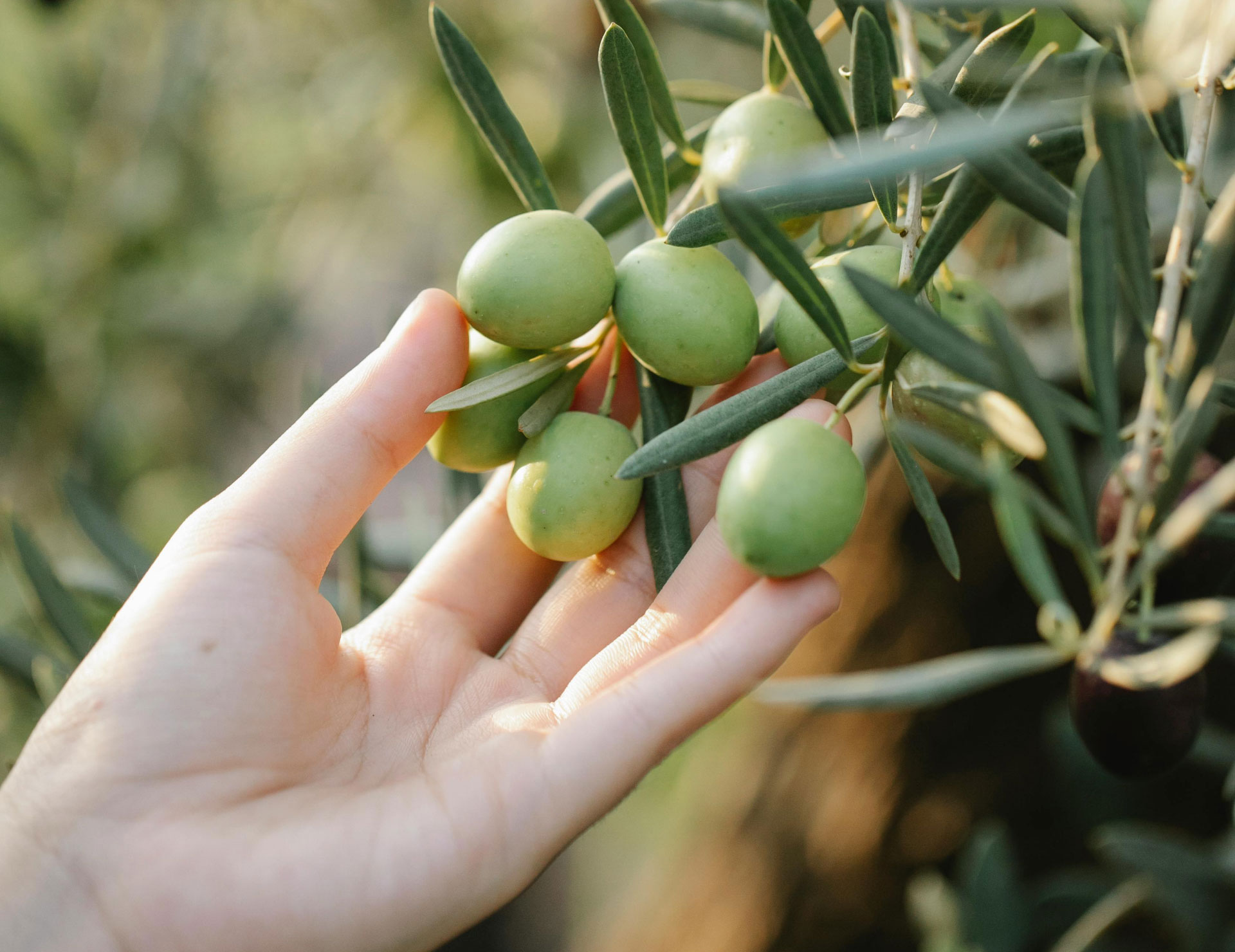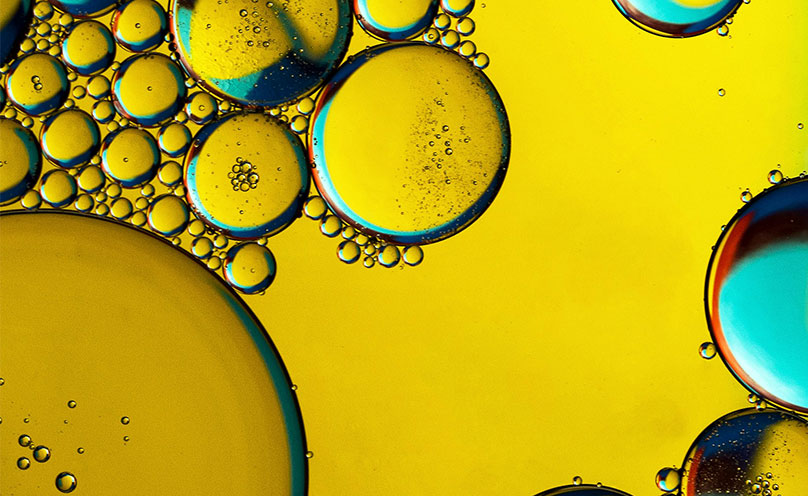 05.07.24
05.07.24
Olive Oil VS Butter
Discover how olive oil can substitute butter and other fats in cooking, maintaining flavor and nutrition while reducing calories.
read moreOlive cultivation is a staple crop in Creta, together with grape (as a dessert fruit and wine) and wheat (as pasta, bread and flour). As a consequence, olive oil is one of the cornerstones of the Cretan diet and gastronomy.
Olive oil can be consumed as soon as the extraction process is done. It is used as a dressing, both alone and as an ingredient in dressings and vinaigrette, as well as a raw ingredient in some recipes. Being the only available vegetable fat, attempts to change olive oil with other vegetable oils in a recipe, totally destroys the character of the dish. Finally, olive oil can be using sauteing and frying – controlling the temperature so as to not exceed 210 °C keeps the original chemical structure intact and doesn’t allow the formation of trans-fats.
Olive oil is digested by the body by 98% while yielding the same number of calories as all other vegetable oils which are 9.3 per gram. However, the mechanical extraction without further heat or chemical processing, makes it rich in monounsaturated fats and thus, healthier.
Choosing a cold-extracted olive oil can be similar to selecting a wine. The flavors and aromas vary considerably between cultivars and regions. The taste of the olive oil can be influenced by the cultivar, the annual temperatures, the rain and amount of irrigation water, the altitude, sunlight amount, the ripeness stage when processed and many other factors.
In this area of our website, we will be posting recipes based on extra virgin olive oil. Expect everything: from cold dressing to sweets and … cocktails!
Read, prepare and enjoy!
Sources: www.wikipedia.org
 05.07.24
05.07.24
Discover how olive oil can substitute butter and other fats in cooking, maintaining flavor and nutrition while reducing calories.
read more 05.07.24
05.07.24
Frying with olive oil is healthy and enhances flavor due to its high smoking point and stable nutritional properties.
read more